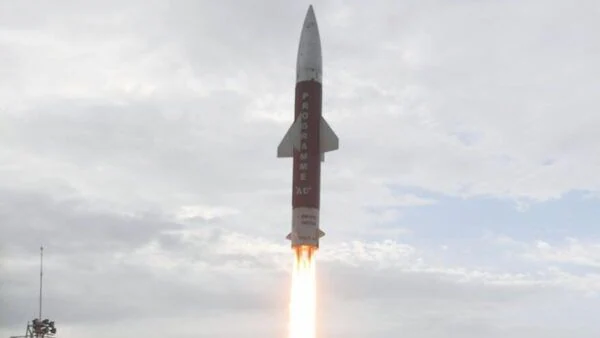On July 24, 2024, the Defense Research and Development Organization (DRDO) successfully flight-tested its Phase-II Ballistic Missile Defense (BMD) system. This test signifies India’s enhanced capability to protect itself against ballistic missiles with ranges up to 5,000 kilometers, marking a significant advancement from the current Phase-I system.
Overview of BMD System Phases
The BMD program is divided into two phases:
- Phase I: This phase is already operational and can intercept missiles with ranges up to 2,000 km.
- Phase II: The recently tested phase can intercept targets up to 5,000 km away.
Details of the Test Procedure
During the test, a target missile was launched from LC-IV Dhamra to simulate an enemy threat. Both land and sea-based radars detected the missile, triggering the Air Defence (AD) interception system. Two minutes later, the Phase-II AD endo-atmospheric missile, launched from the Integrated Test Range in Chandipur, successfully intercepted the target.
Technological Advancements and Capabilities
The Phase-II BMD system integrates advanced technologies with a network-based warfare structure, including:
- Long-range sensors
- Low-latency communication systems
- Mission Control Centre
- Advanced interceptor missiles
These components collectively enhance national security by intercepting various enemy ballistic missile threats across a range of altitudes.
Specifications of the Interceptor Missile
The AD endo-atmospheric missile is a solid-fueled, two-stage system designed for ground launch. It targets rocket threats in the endo to low exo-atmospheric regions, adding flexibility to the BMD system’s operational capabilities. Given India’s No First Use nuclear policy, the BMD system is a crucial component of its national defense strategy, particularly in light of the growing number of long-range ballistic weapons in the region.
About DRDO
Established in 1958, the Defense Research and Development Organization (DRDO) has developed over 500 products, including the Agni and Prithvi missiles. DRDO also introduced the Tejas, an indigenous light combat aircraft. In response to COVID-19, the Defence Bioengineering and Electromedical Laboratory of DRDO developed the “Ventilator 2.0.” The organization’s missile technology portfolio includes the BrahMos, developed in collaboration with Russia. DRDO is also involved in cutting-edge technologies such as quantum computing and artificial intelligence, and it fosters partnerships with other organizations to advance military technology.












